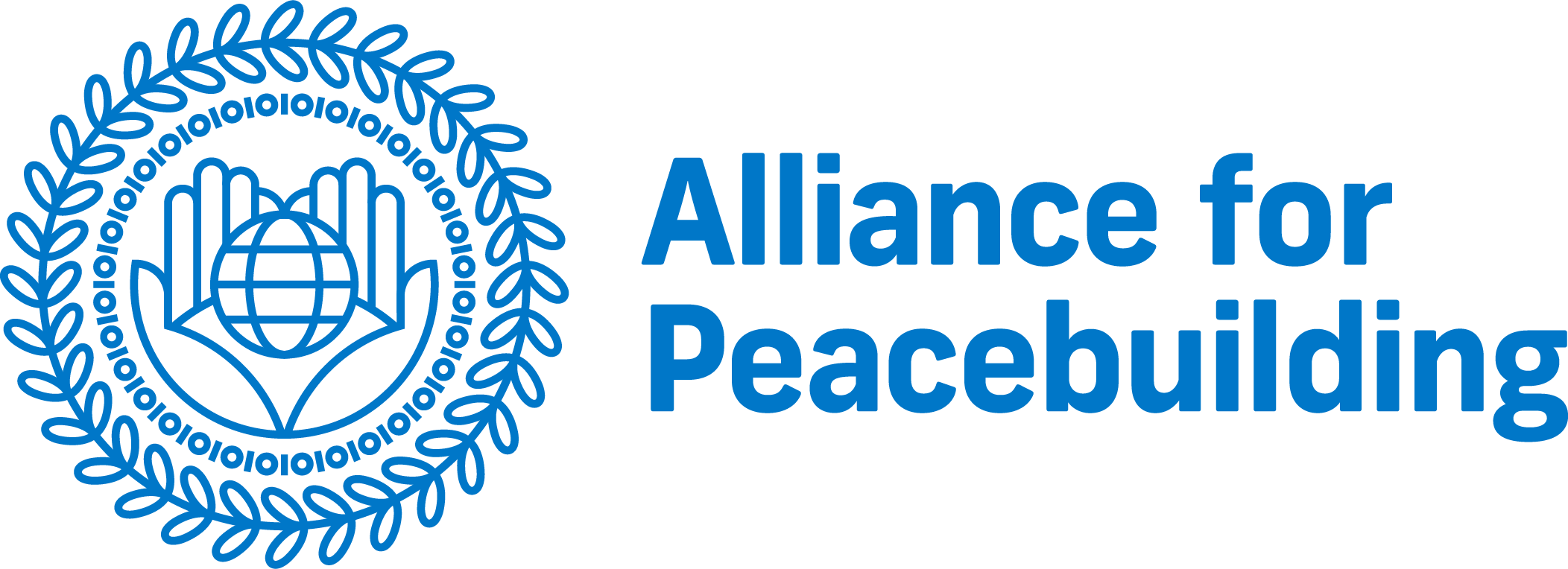Guiding Standards for Peacebuilding Design, Monitoring, and Evaluation
Authors: Liz Hume and Emily Sample
Publisher: Alliance for Peacebuilding
Publication date: March 2025
Suggested Citation: Hume and Sample, Guiding Standards for Peacebuilding Design, Monitoring, and Evaluation. Alliance for Peacebuilding, 2025. (Updated from Baumgardner-Zuzik and Morris, Guiding Steps for Peacebuilding Design, Monitoring, & Evaluation, Alliance for Peacebuilding, 2018).
Peacebuilding is critical to reducing and preventing violent conflict, violence, and fragility and building long-term sustainable peace. Even though the field is over two decades old, it still does not have an agreed-upon set of standards for programmatic research, design, and implementation. The development of standards, however, requires more than simply their creation; it also requires practical tools outlining their application and use so that peacebuilders not only learn best practices but also apply them and are accountable.
Given the fragile and conflict-affected environments in which peacebuilding programming occurs and the vulnerable and marginalized populations with whom many organizations work, the peacebuilding field must adopt robust and transparent standards to provide accessible standards of measurement and develop practical tools to apply these standards to programming. Like every professional sector, the peacebuilding field requires more than good values and "doing the right thing" to ensure programs and policies do not exacerbate conflict dynamics, prove impact, and safeguard data. Decisions can be extremely difficult in conflict-affected and fragile states where the context is constantly changing and extremely dangerous. Still, other sectors employ robust ethical codes and standards, including the Minimum Standards for Education in Emergencies, and the humanitarian sector has Sphere Standards, Humanitarian Charter, and Minimum Standards.
While the peacebuilding sector's ability to gather evidence of impact over the last decade has improved, it still struggles to provide standardized, evidence-based impact, which accounts, in part, for the limited funding available for peacebuilding projects. If we believe what we do is essential and that our work is effective, then we must prove it. Strengthening and advancing the peacebuilding sector requires building a robust set of standards that ensures evidence-based learning is applied and disseminated widely.
However, evidence-based learning and evaluations can only happen if we think about learning and evidence at the start of a program. This document, Guiding Standards for Peacebuilding Design, Monitoring, and Evaluation, details seven standards that every peacebuilding program must include to contribute to robust evidence and learning.

